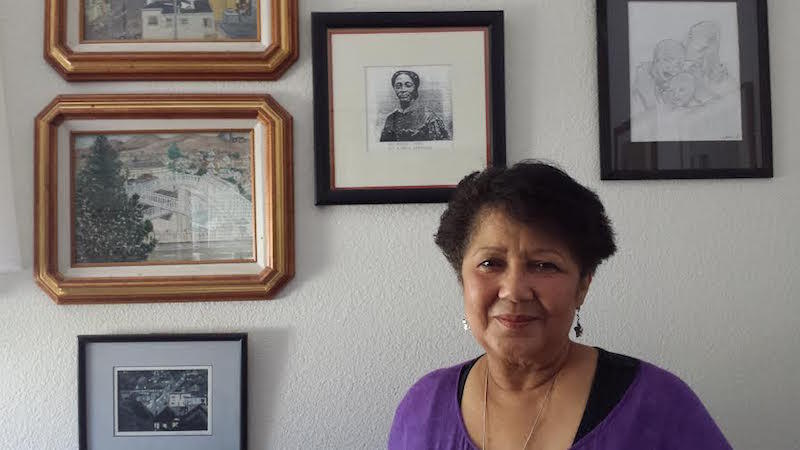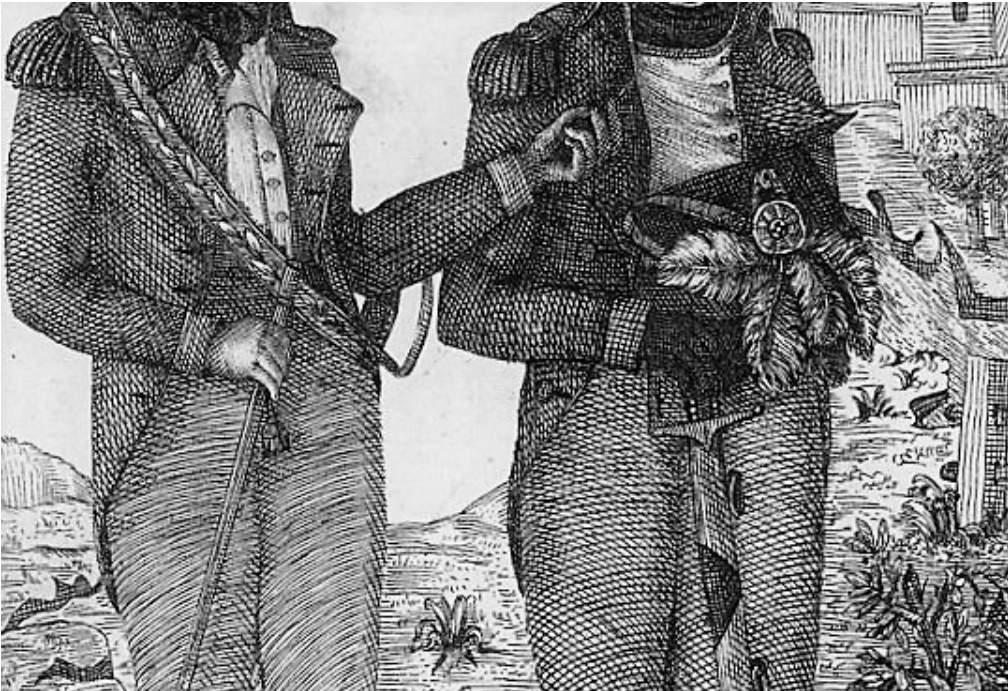Jefferson’s Monticello finally gives Sally Hemings her place in presidential historyPosted in Articles, History, Media Archive, Slavery, United States, Women on 2018-06-14 17:00Z by Steven |
Jefferson’s Monticello finally gives Sally Hemings her place in presidential history
The Washington Post
2018-06-13
Philip Kennicott, Art and architecture critic

A view of Monticello. (Jack Looney)
You cannot see Thomas Jefferson’s mansion, Monticello, from the small room burrowed into the ground along the south wing of his estate. When the door is closed, you can’t see anything at all, because it is a windowless room, with a low ceiling and damp walls. But this was, very likely, the room inhabited by Sally Hemings, the enslaved woman who bore six of Jefferson’s children, a woman about whom little is known, who lived her life as Jefferson’s property, was considered his concubine, was a source of scandal and a political liability, and yet who might be considered the first lady to the third president of the United States if that didn’t presume her relationship to Jefferson was voluntary.
On Saturday, Monticello will open the room to the public, with a small exhibition devoted to the life of Hemings and the Hemings family. Reclaiming this space, which previously had been used as a public restroom, marks the completion of a five-year plan called the Mountaintop Project, which has seen significant changes to the beloved estate of the founding father. Using archaeology and other evidence, Monticello curators have restored Mulberry Row, where enslaved people lived and labored, and made changes (including to the wallpaper, paint and furnishings) inside the mansion, restored the north and south wings, and opened the upstairs rooms to the public on special tours. But symbolically and emotionally, the restoration of the Hemings room is the heart of the new interpretation of Monticello, and it makes tangible a relationship that has been controversial since rumors of “Dusky Sally” became part of American political invective in the early 19th century…
Read the entire article here.








